Analog watches are revered as some of the best examples of craft, art, and engineering. But how much do you know about the watch movements that make timepieces run? Movements made by the brand ETA are among some of the industry heavyweights, and this article explores said brand, its history, and its standing within the horological world.
Watch Movements: Video Guide
Before diving into the specifics of ETA, it’s useful to have a base knowledge of watch movements in general. In our video guide, Preston is on hand to walk you through all the timepiece essentials – from quartz to automatic and manual movements, you’ll be an expert in no time.
Who Is ETA? A Renowned Swiss Manufacturer
ETA SA Manufacture Horlogère Suisse is a Swiss watch manufacturer that’s one of the most dominant players in the luxury watch industry. While they do produce their own quartz timepieces, what ETA is really known for is their ébauches and movements that can be found in many watches produced by numerous manufacturers worldwide. It’s been said that if you wear a luxury timepiece that doesn’t have an in-house movement, chances are it is an ETA.
Just Like a Car
Similarly to the automobile industry, many timepieces are actually assembled from different components manufactured by a range of companies. The consumer may consider they are purchasing a watch from one brand, but the reality is what adorns the wrist is a combination of several manufacturers’ work. This is quite commonplace, and shouldn’t be anything to worry about, but it can help to understand what you’re getting for your money.
ETA Movements Explained
If you’re searching for a timepiece in the luxury watch market, ETA movements prove to be a good place to start. They’re present as mechanical and automatic movements for many of the big names in the industry, so chances are you’ll be looking at several ETA movements when you’re starting a collection.
As with everything, you get what you pay for, and it’s important to recognize which movement is in the watch you plan to purchase.
ETA 2824-2 Movement
One of the first movements every watch collector should be familiar with is the ETA 2824-2, which is an automatic movement used in a multitude of timepieces. It’s offered in four grades that include the Standard, Elaborated, Top, and Chronometer. Each of them costs more than the last but all feature a 25-jewel movement.
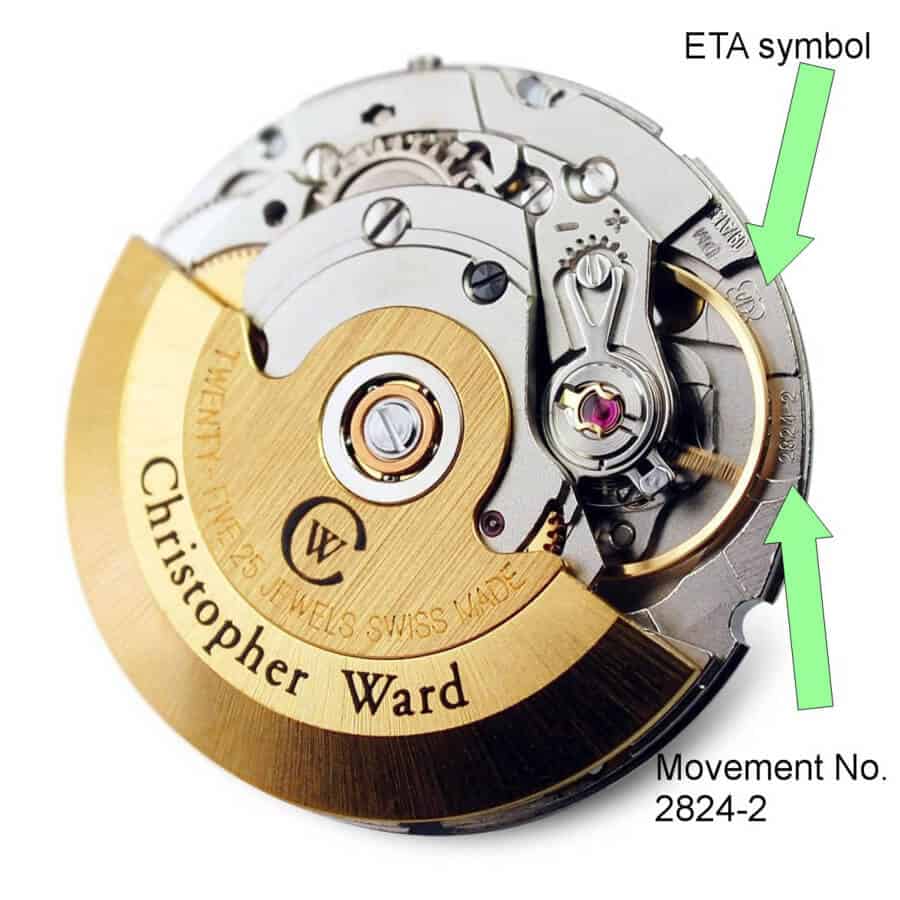
The biggest differences are the quality of the barrel spring, its shock resistance capabilities, the balance wheel and hairspring as well as the regulator and pallet stones. Standard grade movements are adjusted in two positions with a rate of +/-12 seconds per day and a maximum variation of +/-30 seconds a day.
This makes the ETA 2824-2 movement acceptable for daily wear, inexpensive watches, or watches worn irregularly for special occasions. The elaborated grade is adjusted in three positions, the top grade in five and the Chronometer meets the strict standards of the COSC certification which makes the ETA movement ideal for dive watches and other timepieces where the user relies heavily on its accuracy and quality.
ETA 2892 Movement
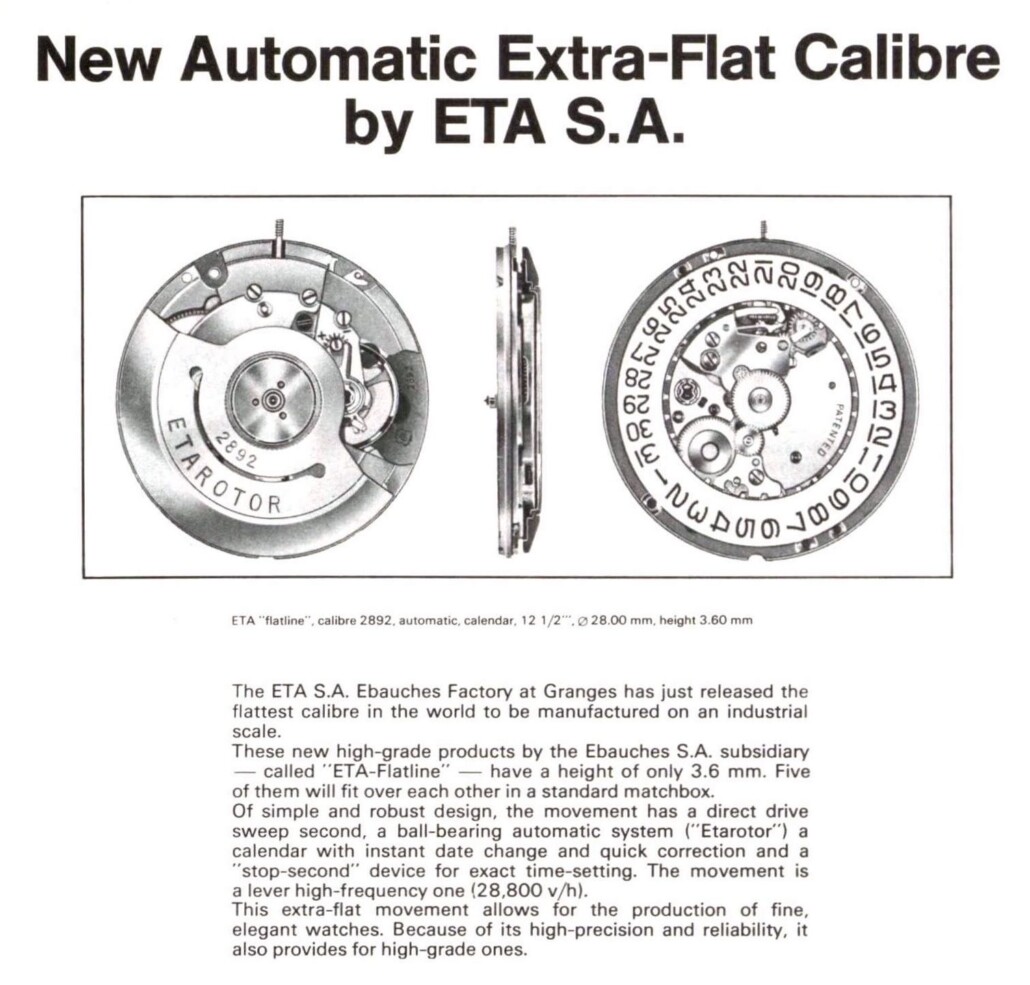
The next movement worth knowing about is the ETA 2892 which is a more elegant version of the basic movement. This particular caliber dates back to the 1970s and is a 21-jewel, automatic movement available in three grades which include Elaborated, Top, and Chronometer. It is widely considered a more advanced and accurate movement than the 2824 which dates back to the 1950s and is far more basic in architecture.
ETA 2892.A2 Movement
It’s also worth knowing the even more advanced ETA 2892.A2 movement. In many watchmakers’ opinions, the ETA 2892.A2 is of better quality than the base movements produced by Rolex.
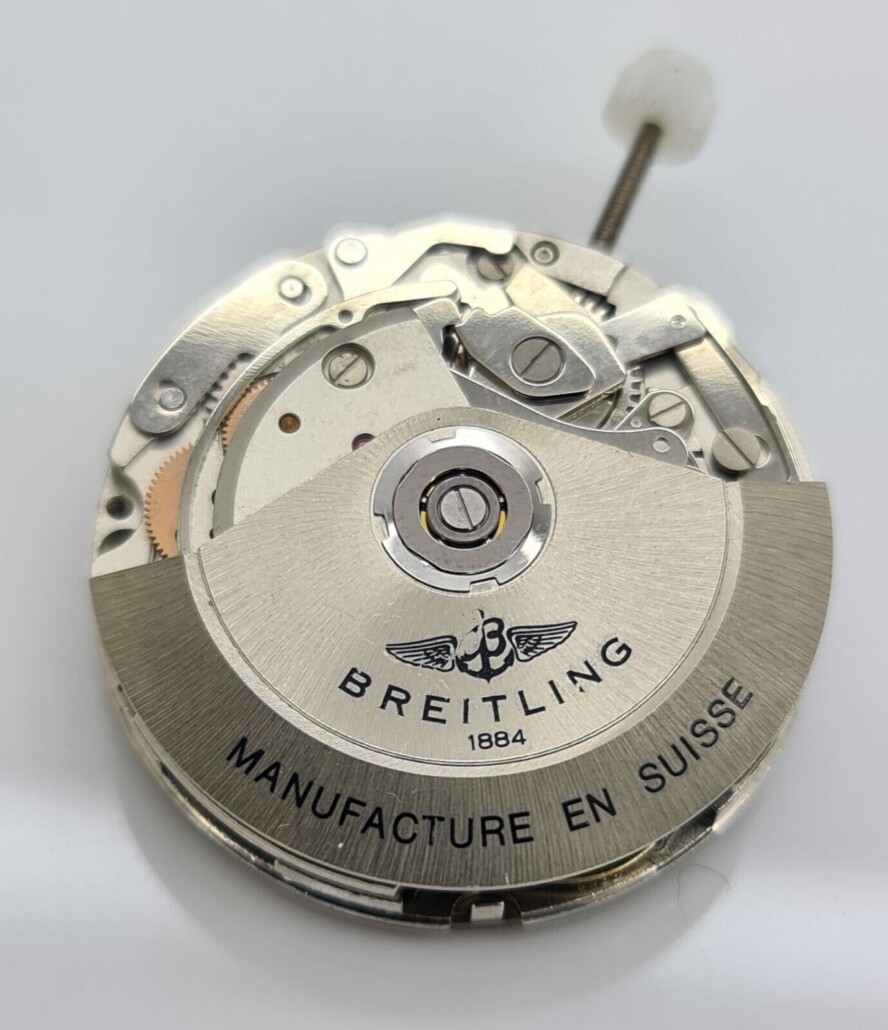
This particular movement is only found in the most expensive timepieces that utilize ETA components for their watches and are often used for more complicated movements that require a certified Chronometer such as Breiling and some IWC chronographs. The design of the 2892.A2 is exceptionally slim and offers an excellent base for any chronograph.
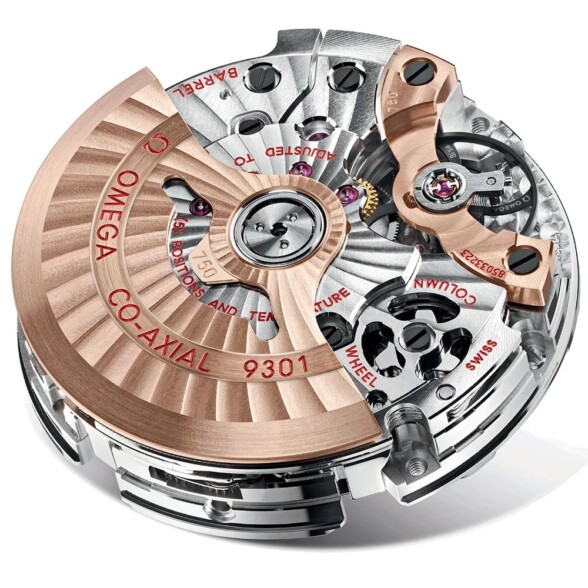
ETA Inspiration
Interestingly, the Omega coaxial movement used in the Seamaster is based on the ETA 2829.A2 movement. It was actually used by Omega and rebranded as the Omega 1120 for the Seamaster Professional 300. When Omega began to produce its own coaxial movement known as the Omega 2500, it was largely based on the original movement created for Omega by ETA.
Valjoux 7750
One other movement worth noting is the Valjoux 7750, a chronograph movement based on the Valjoux 7733 which offers a quick-set day/date complication.
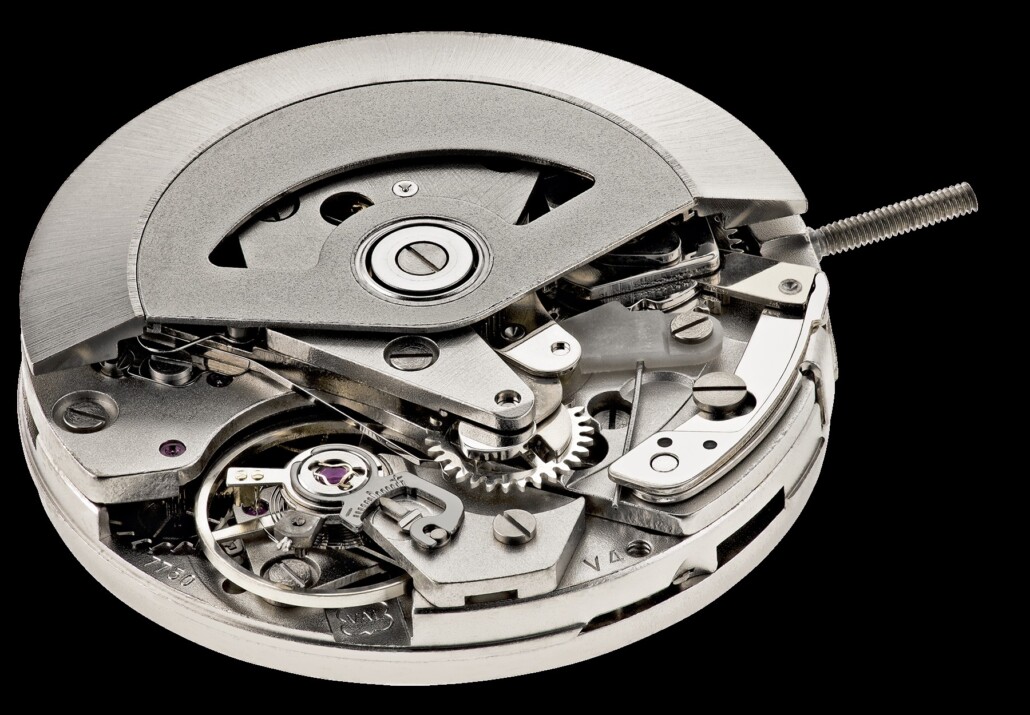
The 7750 made its mark on the industry by choosing to forgo the column wheel and instead use a Coulisse Levier mechanism; a three-plane cam system that operates the stopwatch. It’s a prime movement for any chronograph because it offers a variety of upgrades and can include a triple date, or other registers and counters. It is also available in three grades including Elaborated, Top, and Chronometer.
Outside of these movements, ETA offers a number of other ébauches and components that are ever-changing in this competitive market.
ETA Movements FAQs
Which ETA movement is best?
When it comes to watch movements, what is “Best” comes down to what you’re looking to use the watch for. If you’re looking for a chronograph, then you’re probably better off with the ETA Valjoux 7750 movement. But if you’re interested in an everyday automatic watch, then the ETA 2824-2 will suit your needs well.
Is ETA a good watch movement?
Considering that ETA movements are used in the majority of luxury watches on the market, there’s no denying they’re high quality!
What is the ETA watch movement?
Each non-digital timepiece has a beating heart that literally keeps it ticking. This is called the movement, without which renders the watch purely decorative. For many years, the company ETA has been making and supplying both the individual pieces required to make watch movements as well as fully assembled movement kits. These parts are used in some of the most famous luxury timepieces.
How accurate is the ETA automatic movement?
The ETA movements are considered to be highly accurate. The ETA 2824-2 Chronometer meets stringent COSC Certification standards, signifying its excellence in timekeeping accuracy.
Who uses ETA movements?
Many well-known watch brands use ETA movements in their timepieces. Notable names include TAG Heuer, Longines, and Breitling.
Does Rolex use ETA movements?
Although Rolex has previously used ETA movements and components in some of their watches, they now rely on in-house movements.
What quality are ETA movements?
Naturally, ETA watch movements are considered to be high quality, as they are used in a number of high-end watches. As is often the case, the higher quality examples from ETA command steeper prices.
ETA Throughout History (1792 to Today)
Experts agree that the ETA line can be traced back as far as 1792 to the creation of Fabriques d’Horlogerie de Fontainemelon (FHF) by Isaac and David Benguerel and their partners François and Julien Humbert-Droz. Arguably, ETA’s success today is derived almost entirely from the consolidation of the Swiss watch industry when former movement manufacturers such as Peseux, Lemania, and Valjoux merged.
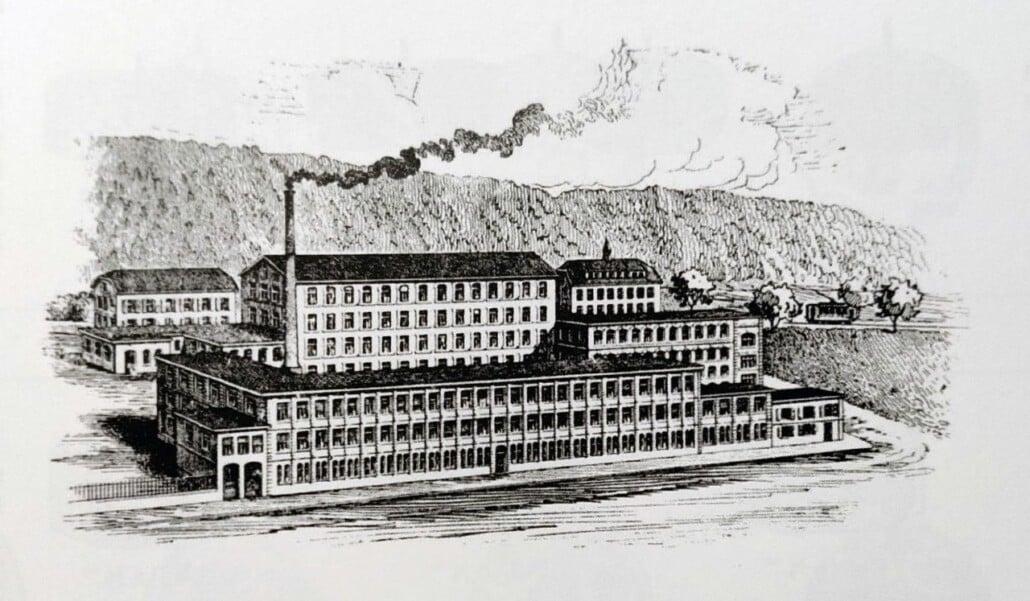
In 1856, at the manufacturer’s home of Grenchen, Switzerland, the soon-to-be Eterna set up an ébauche watch factory that would later be known as the birth of the ETA movement. Over the course of many years, Eterna developed a separate entity for its movements which it named ETA AS. This movement branch was a merger between Eterna’s movements and FHF and was rebranded as Ebauches Ltd in 1926. By 1978, AS and ETA merged and ETA took over all of the production lines from Ebauches Ltd as well as from the remnants of FHF.
It was during the 1970s that the industry began to change rapidly. The SSIH (Société Suisse pour l’Industrie Horlogére SA), founded back in 1930 by Omega and Tissot as well as the ASUAG (Allgemeine Schweizerische Uhrenindustrie AG”, French “Société Générale de l’Horlogerie Suisse) which also managed a number of brands recognized as being at the top of their games started to see a decline in profits due to the economy.
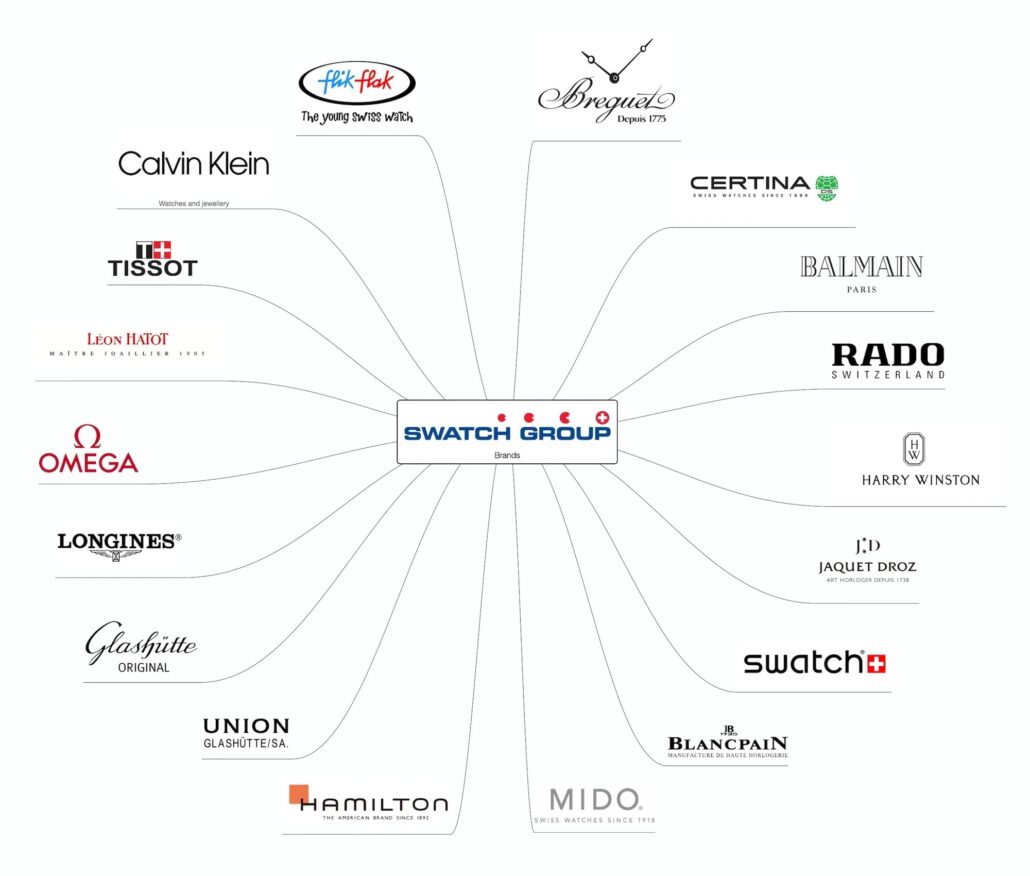
By 1983, both companies were facing bankruptcy and merged to create a low-cost ‘second watch’ known as the Swatch. As they restructured, the head of development, Dr. Ernst Thomke, who came from a background at ETA, became the directing force behind the Swatch brand. By 1998, the brand was renamed from Société de Microélectronique et d’Horlogerie (or SMH) to the Swatch Group and today, ETA is a part of that large organization, wholly owned by that parent company.
The ETA Monopoly on Watch Movements
ETA is primarily known for its ébauche movements, however, it also produces all of the separate components needed to complete the movement and the watch. This means that ETA is permitted to use the moniker ‘watch manufacturer’ or (manufacture d’horlogerie as it is commonly known).
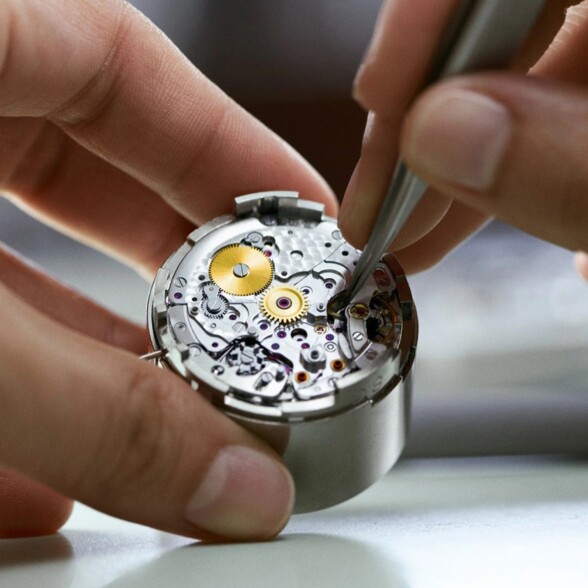
Ébauche Explained
For watchmakers, the term ‘Ébauche’ can be used to describe the individual elements that go into the making of a watch – the springs, cogs, and gears as examples. Nowadays, the term typically refers to complete movement kits that watch brands purchase to build their watch around. Outside of the horological world, ‘Ébauche’ is a fine art term, describing the underpainting that serves as the backbone for the finished piece of art.
ETA’s movements are primarily used by other brands and not in their own watches, as ETA is best known for their quartz timepieces, not mechanical watches as their movements are primarily used in. Many of the brands owned by Swatch (including Omega and Longines) utilize the ETA movement, as do a significant number of their competing brands from around the world (such as Breitling and TAG Heuer).
Your Watch Probably Has an ETA Movement
While many of their initial competitors have gone out of business with the trend of quartz watches coming into power in the 1980s, ETA continued to remain successful and currently holds a monopoly in the industry. To maintain their market position, ETA has continued to acquire every competing ébauche manufacturer that challenges them and put the rest out of business. If your luxury watch doesn’t have an in-house movement in it, chances are it’s an ETA movement.
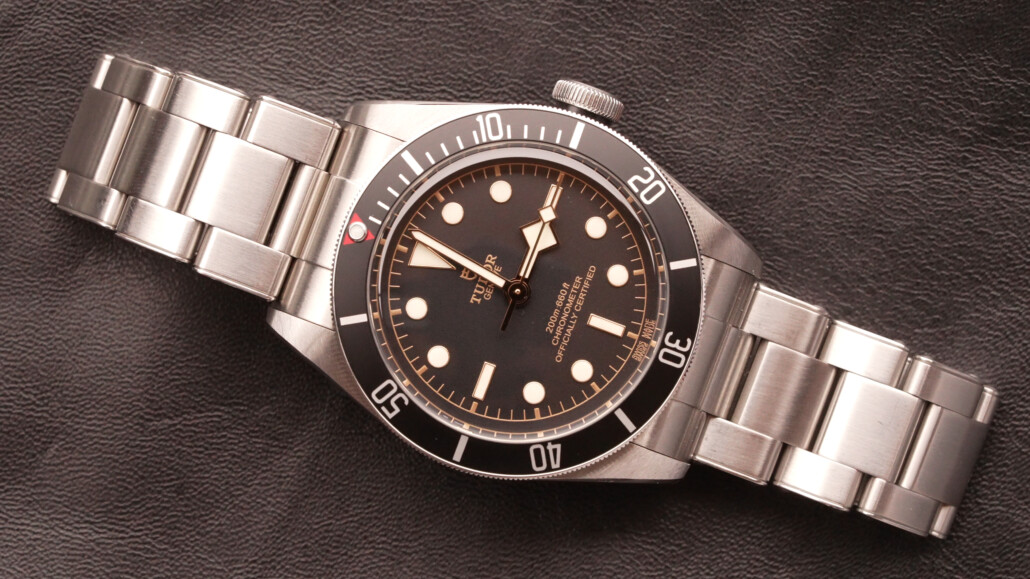
Today, ETA is by, and large the most prolific movement manufacturer in the world and they provided ébauches and components for thousands of timepieces produced each year. Over the years, ETA has grown into such a force that it has been the subject of multiple government investigations for its unusual position in the marketplace. Since it holds a monopoly, it is governed by very strict practices as agreed to between ETA and various government organizations throughout Europe and parts of the world.
Despite multiple calibers produced by ETA, this level of quality comes with a cost. The vast majority of ETA movements are used in mechanical and automatic watches produced by luxury watchmakers. Simply, the level of investment, skill, and quality control that goes into each ETA caliber means they are rarely seen in low-priced timepieces.
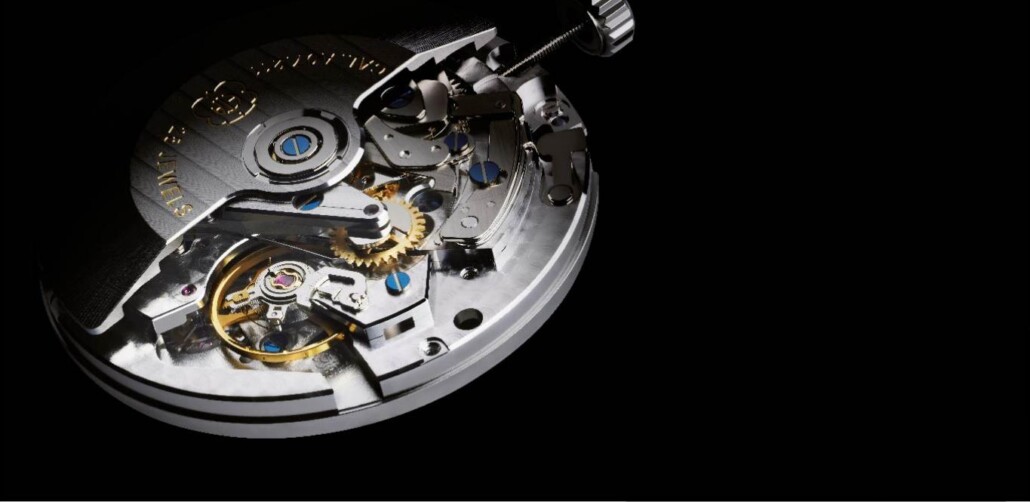
Other Considerations
ETA aren’t without their critics, though. Some horologists believe that ETA’s work is representative of mass manufacturing, therefore the watches utilizing these movements lack quality and creativity. This leads high-level connoisseurs to seek out timepieces that utilize in-house movements that are created from scratch by the manufacturer. However, the primary focus of a watch is to tell time with precision and accuracy, and just because a watch has an in-house movement, it’s not an automatic quality guarantee. With ETA, you have reliability.
ETA and Competition
You may wonder why ETA offers its movements to competing watchmakers. The answer is rather simple. Back in 2003, Nicholas Hayek, who served as the Chairman of Swatch Group at the time, announced that ETA would stop providing ébauches to other watch manufacturers and only brands owned by Swatch would be able to use them. As a result of this announcement, many competing companies complained that if they could no longer buy ETA ébauches, they would have to go out of business. Many believed that this was the intent of Swatch and another way to flood the market with their products and eliminate the competition.

When word of this was heard by the Swiss Competition Commission, an investigation was launched and Swatch was ordered to continue to supply its competitors with ébauches, but could gradually reduce its provisions to competition companies over the course of two years. This decision was due to the inability of watchmakers to procure ébauches at a similar price. If ETA stopped providing the movements, they would, in effect, be considered a criminal organization under Swiss law that would label them a cartel.
ETA Movements: Final Thoughts

It’s not difficult to find an ETA ébauche movement in a watch. There are but a handful of watchmakers that produce their own in-house movements and for the most part, they are rather expensive. Granted, ETA movements have proven to be highly accurate and reliable, even more so than many in-house movements, the true collector still favors a watch manufacturer that can creatively produce its own movement.
What sort of movement do you prefer? Do you own a watch with an ETA movement? Let us know in the comments!
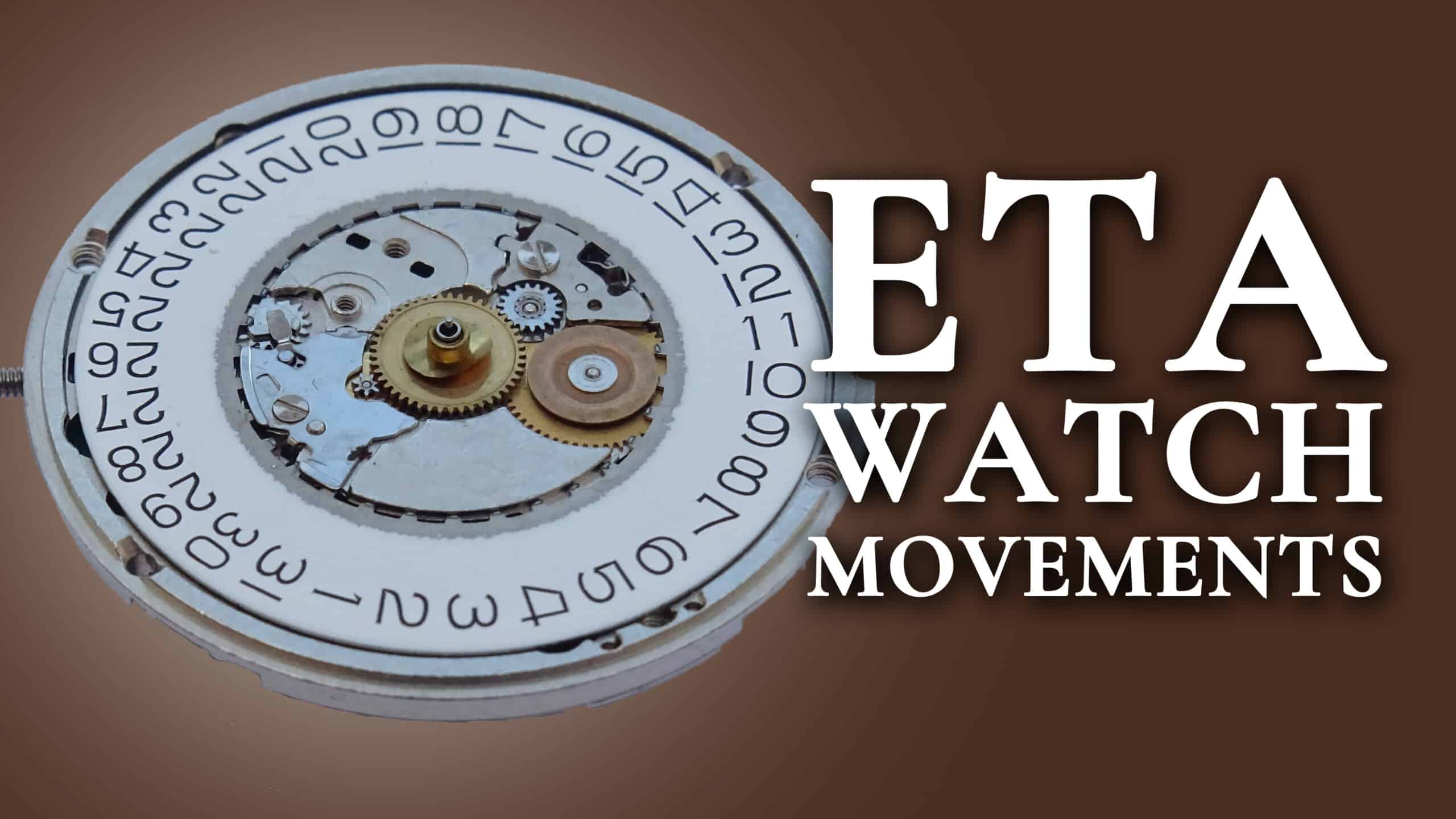

Very interesting article. I do think that a company which makes their own in-house movements shows how much they are committed to delivering high quality products. I would much rather have a watch fully made by a manufacturer, than one that uses third party pieces. But in the event of buying a watch with third party movements, I would rather it be ETA than other unknown manufacturers.
Thank you for an excellent article presenting the merits of the ETA movement. My personal watch collection focuses on Swiss watches 1955-1975, and ETA is, IMHO, the best Swiss movement for the price.
I suspect many watch-owners aren’t aware of the common engine that drives their uniquely-designed and uniquely-branded timepiece.
I also suspect watch brands, in wanting to sell a watch within a certain price-band, compile the best quality components limited by price: the watch glass might not be sapphire but a good quality mineral; there’s the quality of the watch casing; the movement might not be ETA but possibly Sellita, and so forth.
Bottom line: Caveat emptor
Great article.
I own a few Watches with ETA movements. Good workhorses. I believe that cutting supply is a power play to combat the stigma that is attached to the movement from over use. And eventually they will be respected more because of it. It’s also an opportunity for other movement manufacturers to step up to the plate. Miyota, sellita and Seiko are already filling the gap nicely. It may be frustrating to have our ETA movement Watches serviced eventually. Good thing they are reliable. Keep em clean and oiled fellow enthusiasts.
I would like to ask if anyone is familiar with eta 4821 movement. I have one in a Ball railroad watch. It is a very good timekeeper but if I can learn something about it I would appreciate it. Ken
Eta should be applauded. They are ridiculed because they are made in large numbers and therefore “cannot be top notch”. The reality is they are, and allow the common man and woman to enjoy a quality timepiece at an affordable price.
In house movement is a modern tendency. ETA and others were suppliers of mid tier movements to the likes of omega, IWC, Longines, etc. High end houses, like the big three, were supplied by Jaeger le Coultre, with the notable exception of the entry level VC overseas which was powered by the GP 3300. Nowadays in house is much more common, although not without controversy, as with the “in house” tag heuer 1887 caliber chronograph which was mostly based on seiko intellectual property.
It turns out my watches has ETA timers in them. These are the nclude my Longines, Omega and Montblanc. You live and learn.
It turns out my watches have ETA tikers in them. These include my Longines, Omega and Montblanc. You live and learn.